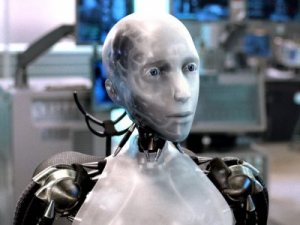Running robots one ‘small step’ closer to reality
 Melbourne, Sept 5 : Swiss researchers say they have made a "small step" towards getting robots to run like humans.
Melbourne, Sept 5 : Swiss researchers say they have made a "small step" towards getting robots to run like humans.
"The hot question is how we make robots that can run as effectively as humans do," ABC Science quoted Queensland University of Technology professor of robotics, Dr Gordon Wyeth, of the research, as saying.
"This is a small step on the way."
One of the challenges for those trying to build robots that walk and run like humans is making sure they don't fall over and don't use too much energy.
"When Asimo [a bipedal robot] walks it uses the same amount of energy as an Olympic runner would use running 100 metres," says Wyeth.
Harold Roberto Martinez Salazar and Juan Pablo Carbajal of the University of Zurich's Artificial Intelligence Laboratory enhanced a model currently used to design bipedal robots to help address this challenge.
The model likens walking legs to an inverted pendulum loaded with springs..
The first leg falls to a particular angle before the foot of the other leg striking the ground stops it.
In a "stable" state of walking, there is enough energy in the system to keep the second leg moving forward so it too starts falling and keeps the cycle going.
There is also a side to side movement that is necessary to make sure the centre of gravity is over the foot that strikes the ground.
"The work is giving us a deeper understanding of what's going on in running and walking so that we might be able to build more stable, more energy efficient humanoid robots in the future," says Wyeth.
The study was published recently in the journal Physics Review E. (ANI)